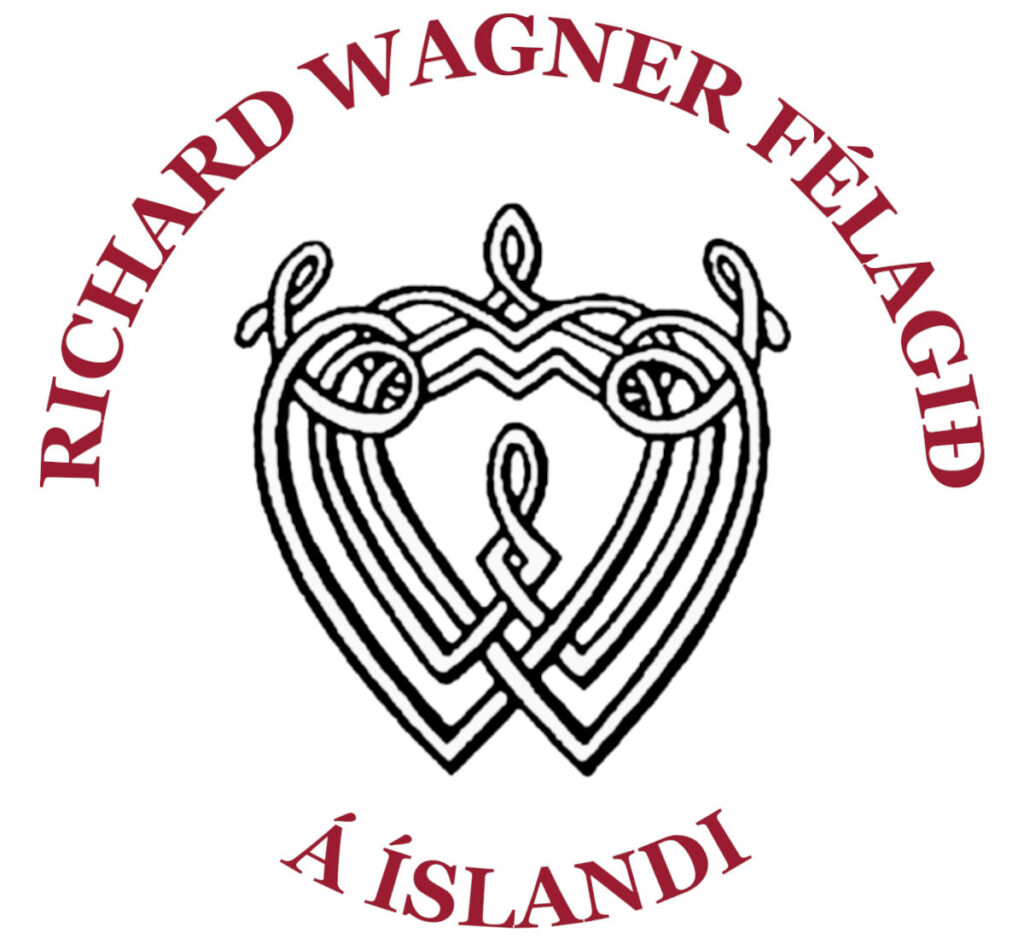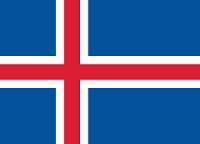Wagner and the Volsungs
by Árni Björnsson
ISBN 0 903521 55 5; 294 pages with 85 b&w illustrations; published 2003
In Wagner and the Volsungs the sources Wagner used for his great work, Der Ring des Nibelungen, are detailed scene by scene through all four operas of the cycle. Many people will be surprised to learn that no more than 5% of his material is derived solely from medieval German books such as Das Nibelungenlied, while at least 80% is from Old Icelandic writings. The concept of Götterdämmerung, for example, in which the world is consumed by fire, as well as the flickering flame surrounding Brünnhilde’s rock, were known to Wagner from Icelandic sources alone.
The book also contains a brief account of Wagner’s life, and tells how he came to know Icelandic literature through the spread of knowledge of Old Icelandic texts in the German-speaking world. It examines the reasons why Germanic mythology was almost exclusively preserved in Iceland in the Middle Ages, but became so popular in Germany in the nineteenth century.
In the scene by scene analysis of the Ring and its sources, all the texts are quoted in their original languages with full English translations.
The author, Dr Árni Björnsson, was head of the Folklore Department of the National Museum of Iceland from 1969 to 1994, and before that was guest lecturer in Icelandic language and literature at the University in Greifswald and at the Free University, Berlin. This English edition is a translation of a revised and expanded version of Wagner og Völsungar (Reykjavik 2000). It has been edited by Anthony Faulkes, who until his retirement was Professor of Old Icelandic at the University of Birmingham.
‘[The] conclusion, that the Ring owes more to Old Icelandic sources than to any other body of literature, evolves carefully and systematically through Björnsson’s profound scholarship.’
Wagner Notes (Wagner Society of New York)

